
Lacto-fermented Salsa !
Disclaimer: Please learn about the benefits and risks of making fermented foods and proceed at your own risk to the best tasting salsa in Texas.
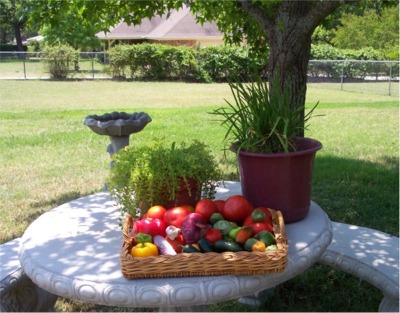
Step 1: |
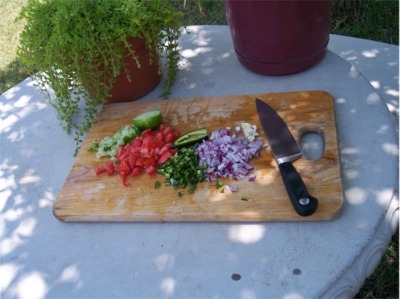
|

Step 3: |
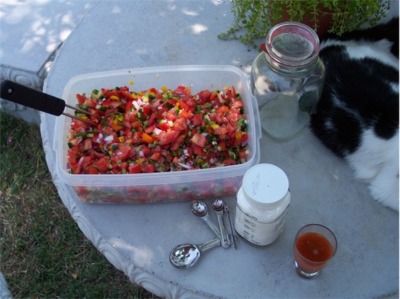
Step 4: |
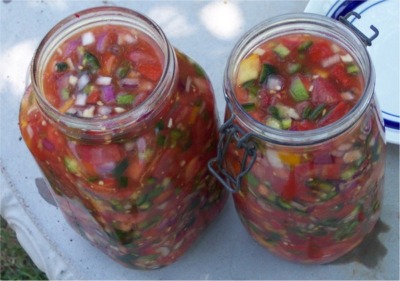
Step 5: |
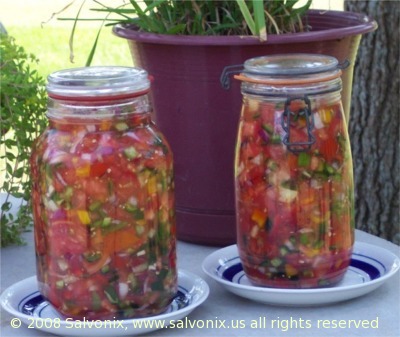
Now, don't seal these jars while they sit out on the kitchen counter from 1-4 days fermenting. Store them on plates in case juice flows out with the carbon dioxide the lacto-bacteria produce. That's why sealing the jars now would be a bad idea. These jars can explode if enough pressure builds. So just let the lids sit without clamping. After sitting out, wipe them off, seal them and refrigerate, letting the jars burp the first couple days. Eat now and up to one month after making. |
All images, articles and ideas contained within this work are copyrighted by their creators. The remainder Copyright © 2004-2015 Salvonix, LLC, all rights reserved. Site designed, maintained and hosted by, Salvonix, LLC.